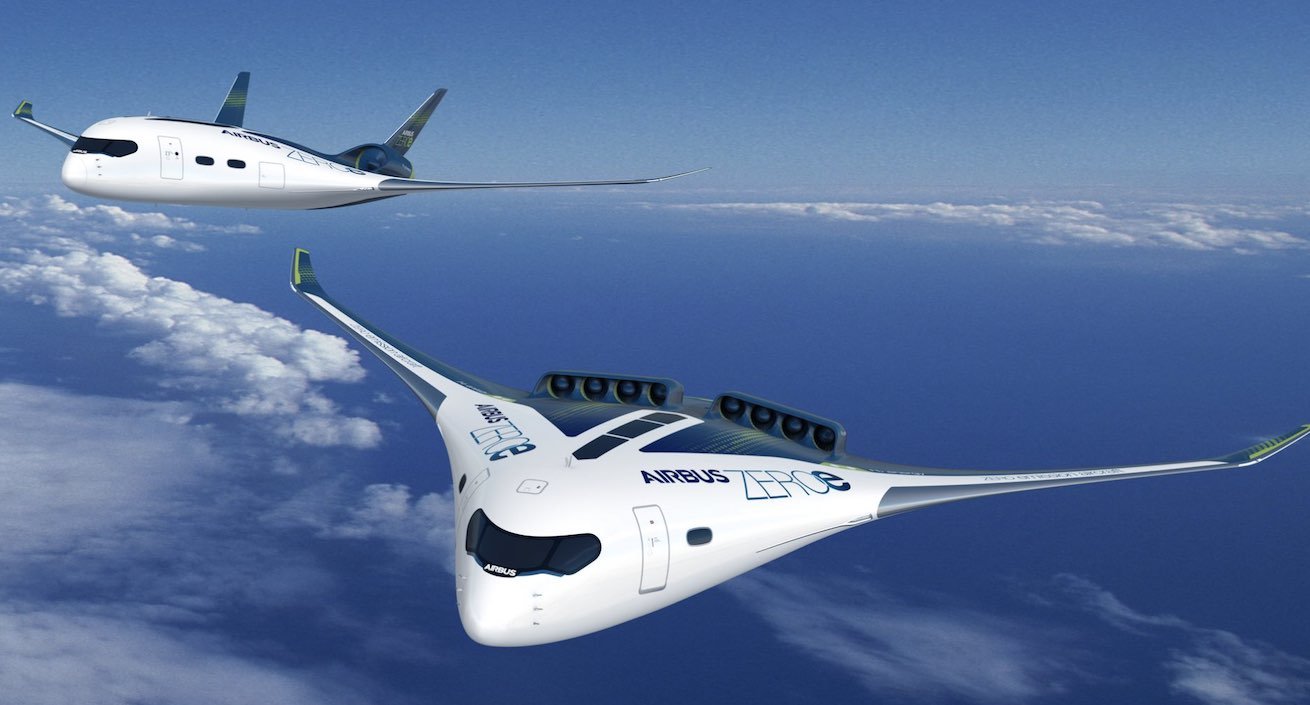Engineers at MIT say they have developed a new motor that could be used to electrify large aircraft, significantly reducing their carbon footprint with the help of innovative new electric propulsion technology.
The 1-megawatt motor has already undergone design and testing of its primary components, which the MIT team says helps demonstrate that its power generation is comparable to current small aircraft engines.
Every year, pollution from carbon dioxide in excess of 850 million tons is produced by the aviation industry. If left unmitigated, those levels could increase by as much as three times by mid-century, concerns that have prompted caps on the carbon dioxide emissions of international flights that have been instituted in recent years.
Due to its massive carbon footprint, electrification has long been viewed as the most viable path toward helping to make the aviation industry more environmentally friendly.
Since the middle of the 19th century, electric machines have operated on the general premise that the amount of power generated relies on the size of the copper coils and magnetic rotor used to power the machine’s motor. Proportional to the power a machine can produce is the heat it generates, which at such large scales requires cooling mechanisms which increase the space requirements for their operation.
Because of these factors, currently only smaller aircraft feature entirely electrical power generation, since requirements for electrifying commercial airliners and other larger aircraft require motors that can produce power at the megawatt scale.
Producing such large amounts of energy is no small task, however, and in terms of feasibility would require hybrid turbo-electric systems that combine electric engine components with gas turbine propulsion.
Zoltan Spakovszky, leader of the MIT project and university’s T. Wilson Professor in Aeronautics and the Director of its Gas Turbine Laboratory (GTL), calls the megawatt-class motors his team envisions “a key enabler for greening aviation,” regardless of whether the resulting system relies partially on batteries, hydrogen, ammonia, or a variety of eco-friendly aviation fuel.
By tapping into electromagnetic force to produce motion, electric motors function by generating magnetic fields using copper coils, near to which a magnet spins in the same direction as the field, which can then be used to power spinning instruments like a fan or, in the case of an aircraft, a propeller.
Spakovszky and his team say the motor they are currently developing could be combined with battery or fuel cell sources of electrical power, which would then be funneled into mechanical work that could drive an aircraft’s propellers.
Another possible hybrid design might incorporate a conventional turbofan jet engine which would generate electrical power during certain flight stages.
Ultimately, what Spakovszky and the MIT engineering team believe will truly be required to make the aviation industry green enough to meet current environmental goals will be the development of unique and innovative aircraft designs that combine hybrid electric propulsion with “smart” fuel systems, as well as the construction of unconventional 21st-century planes using advanced materials.
“This is hard engineering, in terms of co-optimizing individual components and making them compatible with each other while maximizing overall performance,” Spakovszky said in an MIT press release.
“To do this means we have to push the boundaries in materials, manufacturing, thermal management, structures and rotordynamics, and power electronics,” he added.
Fortunately, that’s precisely what Spakovszky and his team have managed to do, in designing an electric motor consisting of a high-speed rotor fitted with an array of magnets of varying polarity orientation, weighing less than an adult air traveler and no larger than a suitcase.
The innovative new motor also provides cooling with a heat exchanger—a device that transfers heat from one area or medium to another—as well as a distributed power electronics system that manages the currents supplied to the motor’s copper windings at high frequencies.
“This is a high-speed machine,” Spakovszky said, adding that high-switching capabilities between the motor’s 30 circuit boards help to facilitate continuous rotation while generating torque, all of which requires very quickly moving magnetic fields.
Spakovszky says their invention is believed to represent “the first truly co-optimized integrated design” of its kind, and in the years ahead, could help to make larger-scale electric aircraft a reality, potentially signaling a revolution in helping to make aviation greener.
The MIT team plans to present its findings to the American Institute of Aeronautics and Astronautics at the Electric Aircraft Technologies Symposium (EATS) event later this month.
Micah Hanks is the Editor-in-Chief and Co-Founder of The Debrief. He can be reached by email at micah@thedebrief.org. Follow his work at micahhanks.com and on Twitter: @MicahHanks.

